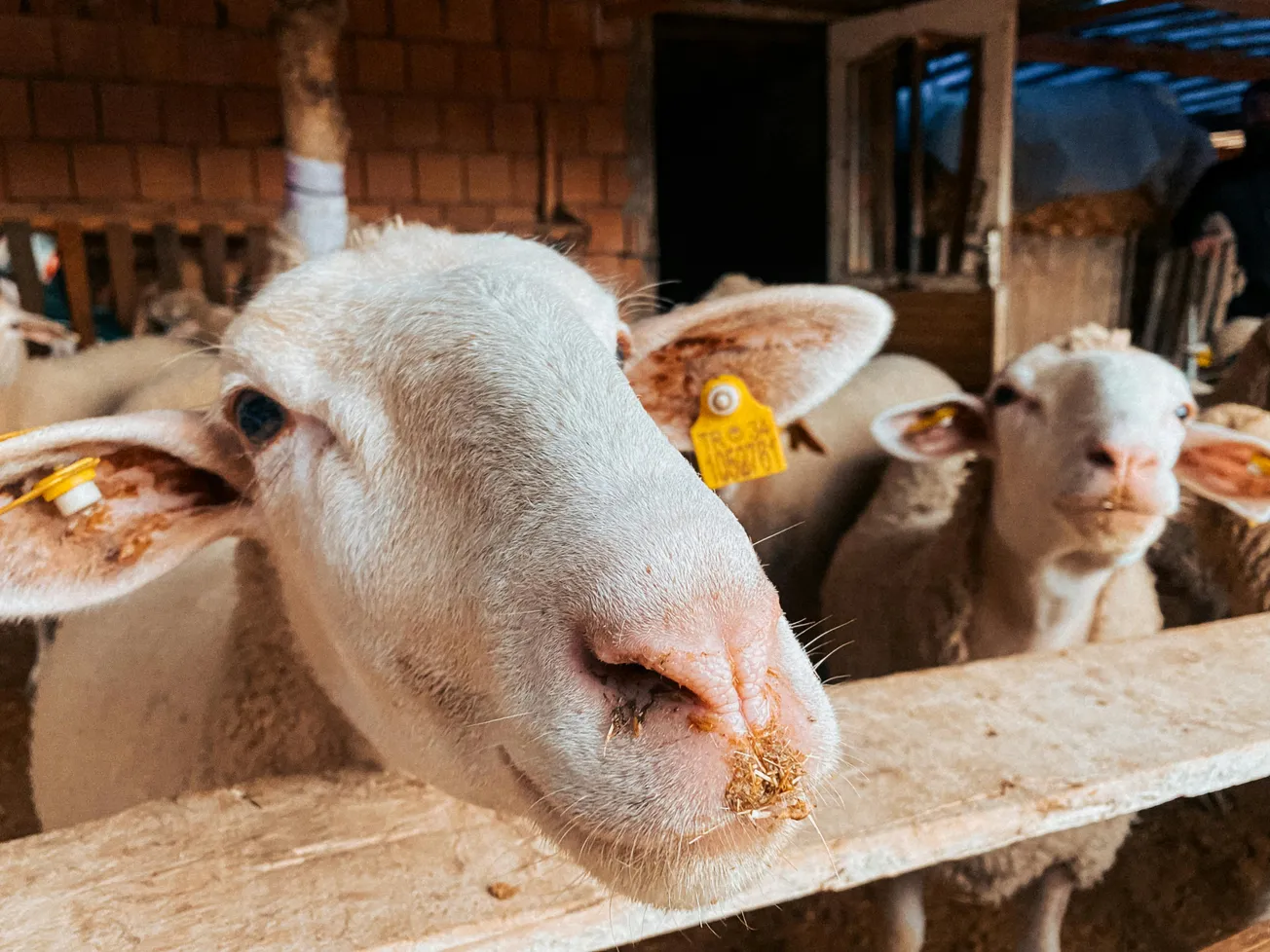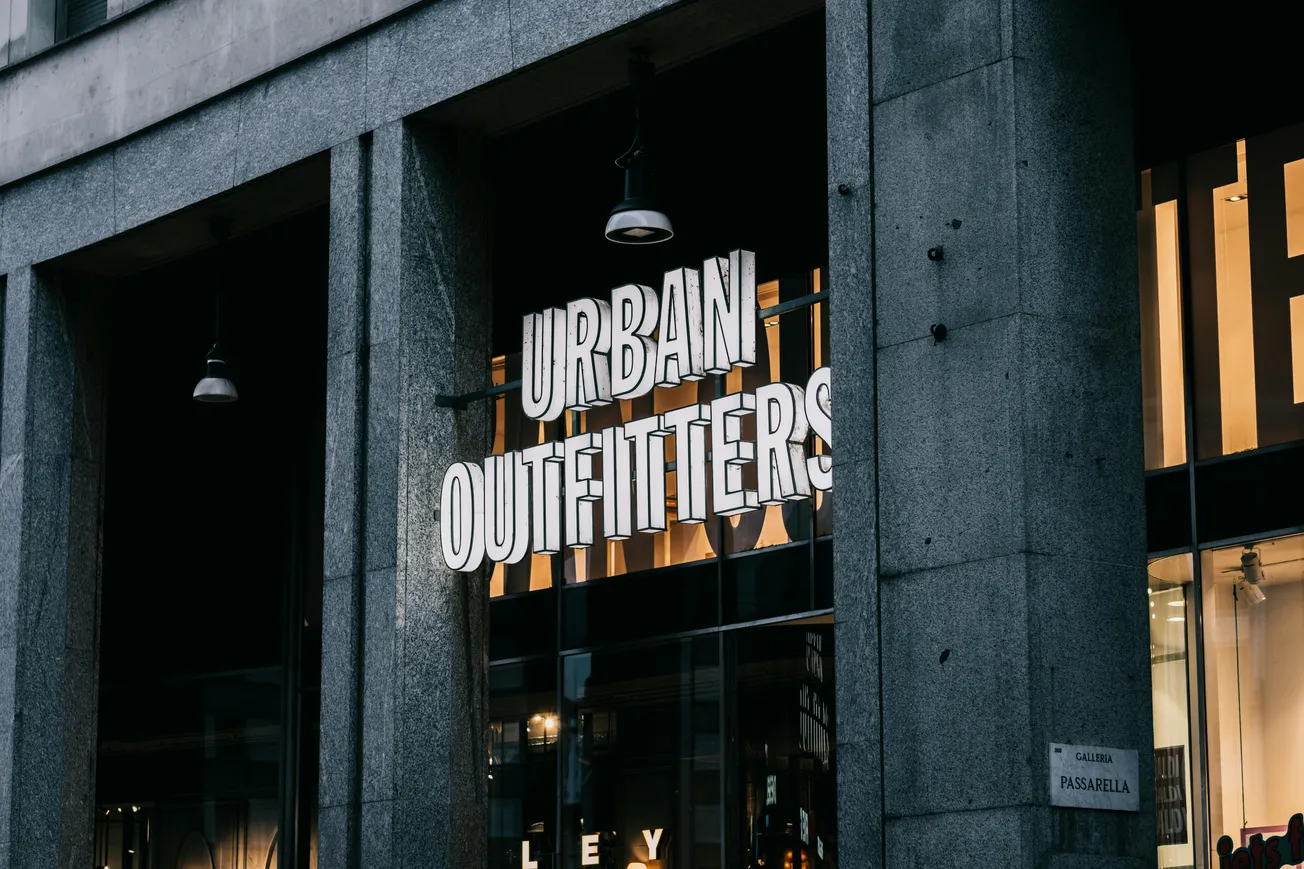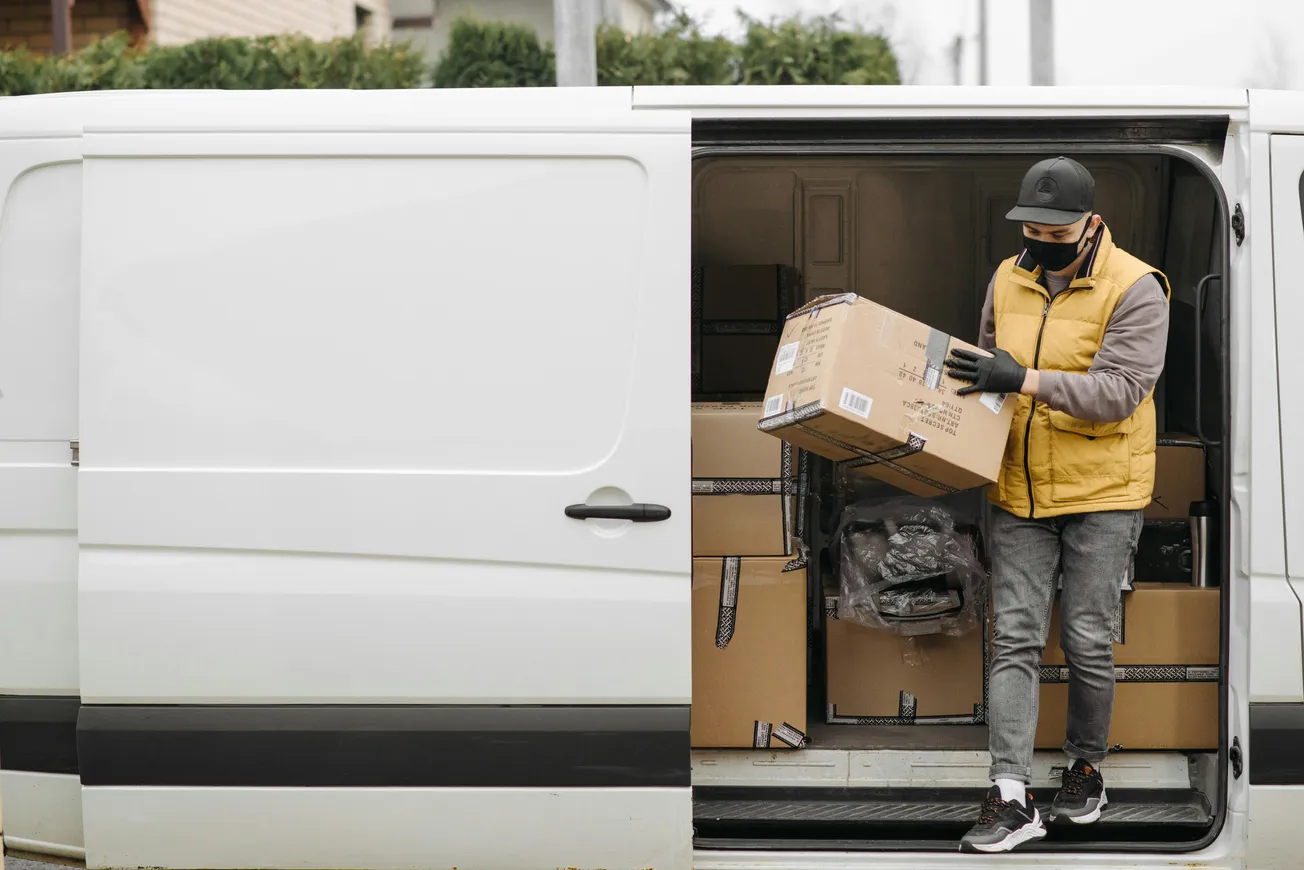Regenerative agriculture (regen ag) has emerged as a pivotal solution for sustainable food systems, offering both environmental resilience and stronger supply chains. Industry leaders like ADM are moving beyond corporate social responsibility to embed regeneration into the core of food production.
What Is Regenerative Agriculture?
Unlike traditional sustainability models, regen ag emphasizes soil health, water conservation, and ecosystem resilience. ADM’s Kelsey Cambruzzi noted that it’s not about checking boxes but about lasting impact—boosting soil vitality, air quality, and farm productivity.
Building Trust Through Transparency
Today’s consumers demand traceability. ADM meets this with tools like supply-shed mapping, directly connecting ingredients like flour to local farms. “Consumers want to feel a human connection to the product,” says Cambruzzi.
Scaling for Industrial Needs
While boutique farms excel in regen practices, scaling up is challenging for large-scale producers. ADM’s program, spanning over 5 million global acres, aims to bridge the gap, ensuring regenerative sourcing meets production demands.
Who Pays for Regeneration?
ADM uses USDA grants to support farmer transitions. While cost distribution varies—between brands, consumers, and farmers—data shows buyers are willing to pay premiums when sustainability is transparent and credible.
Getting Started in Baking
For beginners, Cambruzzi suggests sourcing regenerative flour. Advanced players can enroll directly in programs, aligning output with verified acres.
The Long View
Regenerative agriculture isn’t a passing trend—it’s foundational for future food security. Through education and transparent supply chains, the baking industry can meet sustainability goals while building consumer trust.









